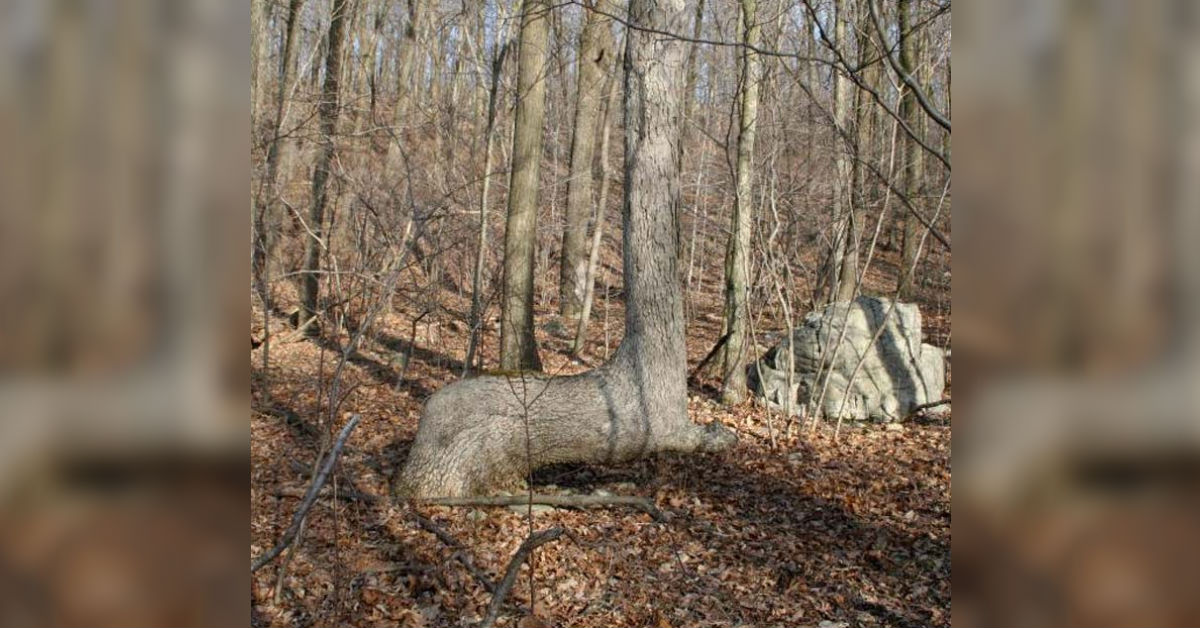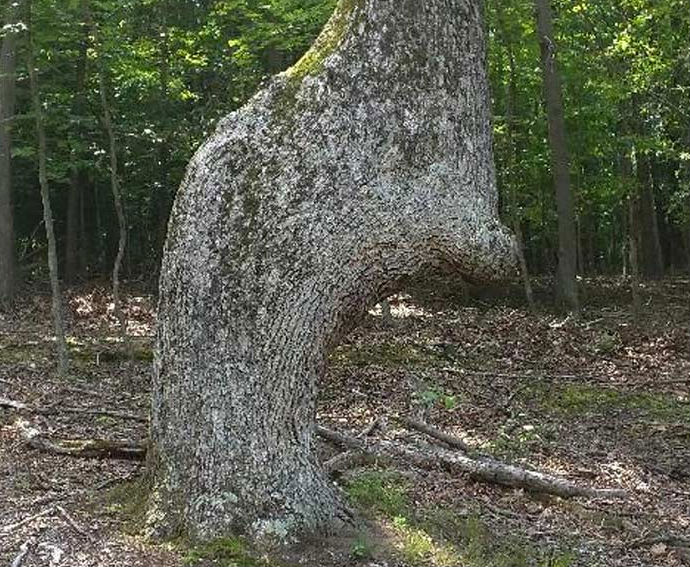American forests are full of hidden secrets that we have yet to discover. If you love to hike, the possibilities of outdoor exploration finds are endless. Because of the cooler temperature, you can stay outdoors for longer periods. While preparing for your hiking expeditions, there are things that you need to know when you accidentally come across bent trees in the forests. When you see one, look around and you might discover more trails that the forest might want to show you.
Before you go hiking, you are advised to check on websites about certain things that you should take note of during your expeditions. The American Forests have a special website that is specifically made and designed to inform hikers about the bent trees and what it means when you see one during your hike. If you happen to see a bent tree, it indicates a Native American trail. This means that Native American used this trail to find their way in the middle of the woods.
Bent trees are what the experts call “Trail Trees” or “Trail Marker Trees.” This is also referred to as Crooked Trees or Prayer Trees. These culturally modified trees are hardwood trees that can be found all across the forests of North America where the Native Americans were intentionally shaping these trees with distinctive characteristics to make sure that others know that these are shaped that is made by a human activity instead of it being naturally deformed by nature.
The trees look bent because the Native Americans in the said region tie the trees down making it grow in a unique manner. They also make sure that the bend would become part of the trees’ permanent feature. There is a massive network of pre-Columbian roads and trails that have been documented all across America and other places where hikers can still find trails that are used by hunters and gatherers.
How To Identify Trail Trees From Naturally Deformed of Trees
If you have not seen a human-deformed tree before, it would be hard to identify it from naturally deformed ones. You have to take a closer look at the top part of the inner bed. The trees that were bent by Native Americans will show some scarring in the said area because of the straps that were initially used and were tied on them when the trees are still young.
One of the most unique characteristics of these trail marker trees is its horizontal bending a few feet off the ground. This makes it visible even at a distance and even if the ground is covered in snow. Even until today, modern hunters and hikers are still looking for these horizontally-shaped trees while they are hunting for wild animals like deer, elk, and moose. Even since the 1800s, these uniquely shaped trees have been photographed and well-documented by the scientists and historians of the Great Lakes Region.
There are now videos about these trail marker trees that some hikers found while on their hiking expeditions. The Mountain Stewards is one of the groups who are offering additional information about the bent trees that you might encounter in the woods. They mapped out the specific locations where over 1,000 bent trees can be found. This is to provide future hikers an idea on how to find these amazing landmarks even in the wilderness.


